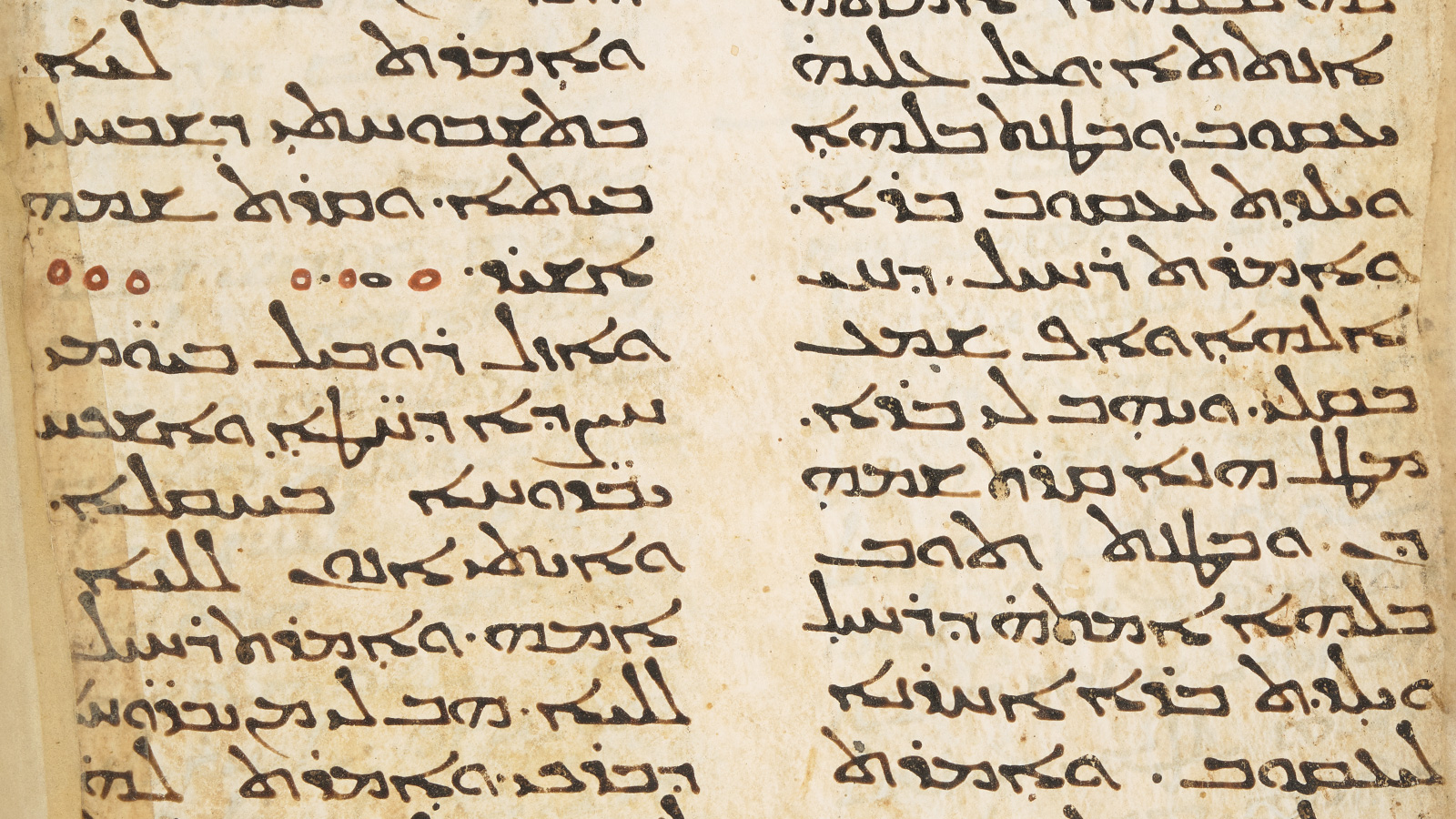The Bible is one of the most widely translated books in the world, with versions in hundreds of languages. But how did this ancient text, written in Hebrew and Greek over two thousand years ago, become accessible to people around the globe?
The process of translating the Bible has been a long and complex one, with numerous challenges along the way. The earliest translations of the Bible were made in the centuries after its composition, with scholars working to render the Hebrew and Greek texts into other languages, such as Latin and Syriac.
One of the most significant early translations of the Bible was the Septuagint, a Greek translation of the Hebrew Scriptures that was completed in the 3rd century BCE. This translation was important because it allowed the Bible to be read and understood by Greek-speaking Jews and later by early Christians, who used the Septuagint as their primary text.
In the centuries that followed, the Bible continued to be translated into new languages, with the Latin Vulgate becoming the standard version used by the Catholic Church in the Middle Ages. The invention of the printing press in the 15th century made it easier to produce and distribute Bible translations, and as a result, the number of translations continued to grow.
Today, the Bible has been translated into hundreds of languages, with new translations still being produced. These translations are created by teams of scholars who work to render the original Hebrew and Greek texts into modern languages, taking into account differences in grammar, syntax, and vocabulary.
One of the challenges of Bible translation is deciding which words to use to convey the meaning of the original text. For example, the Hebrew word "ruach" can mean "wind," "breath," or "spirit," depending on the context in which it appears. Translators must decide which of these meanings is most appropriate in each instance, and this can have a significant impact on the interpretation of the text.
Another challenge of Bible translation is the need to balance accuracy with accessibility. Translators must strive to create a version of the Bible that is both faithful to the original text and understandable to modern readers.
The process of translating the Bible has been a long and complex one, but it has allowed the text to be accessible to people around the world. From the early translations of the Septuagint and the Latin Vulgate to the contemporary versions being produced today, the Bible has been translated into hundreds of languages, allowing people of different cultures and backgrounds to engage with this ancient text. While the challenges of Bible translation are many, the rewards of making the Bible accessible to people around the world are immeasurable.




